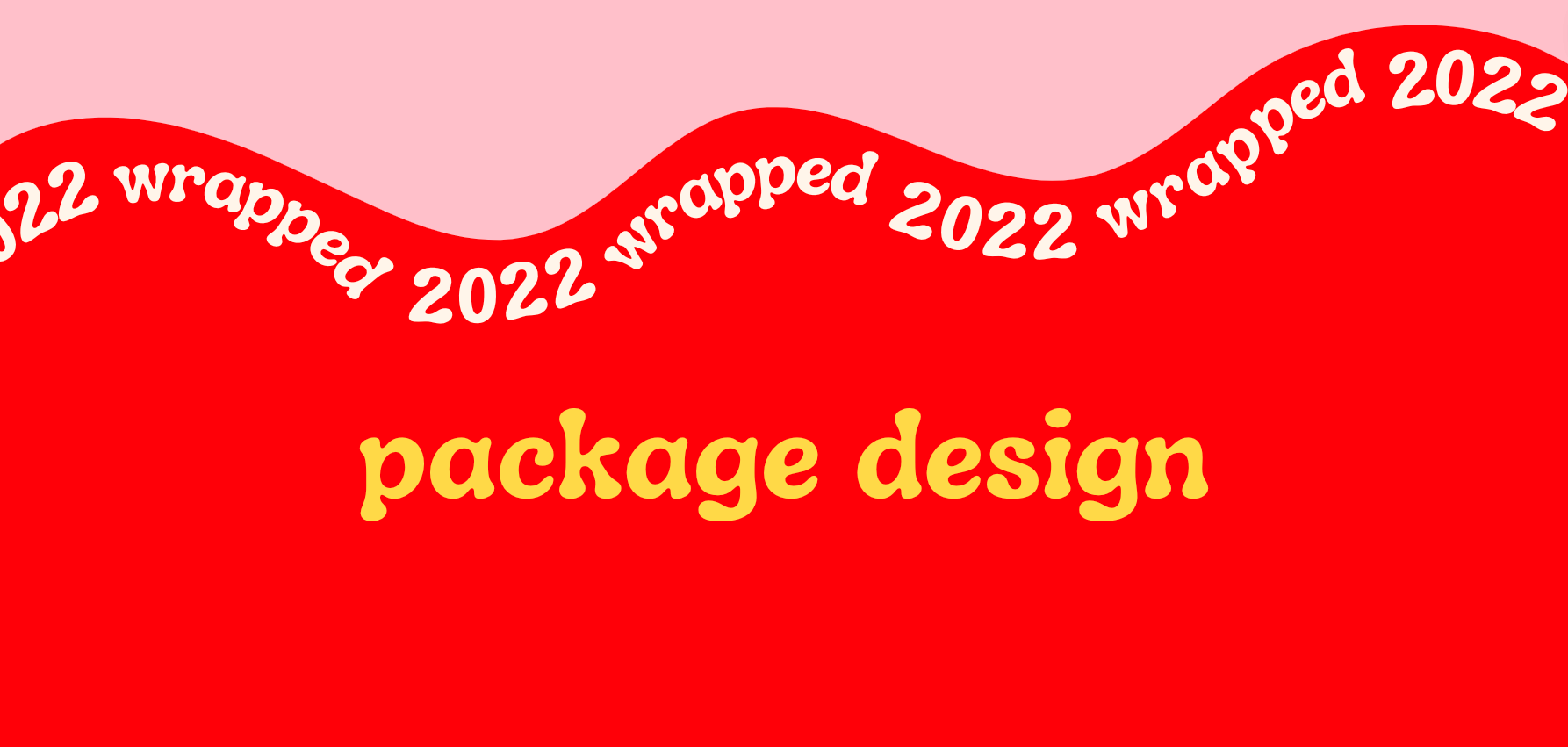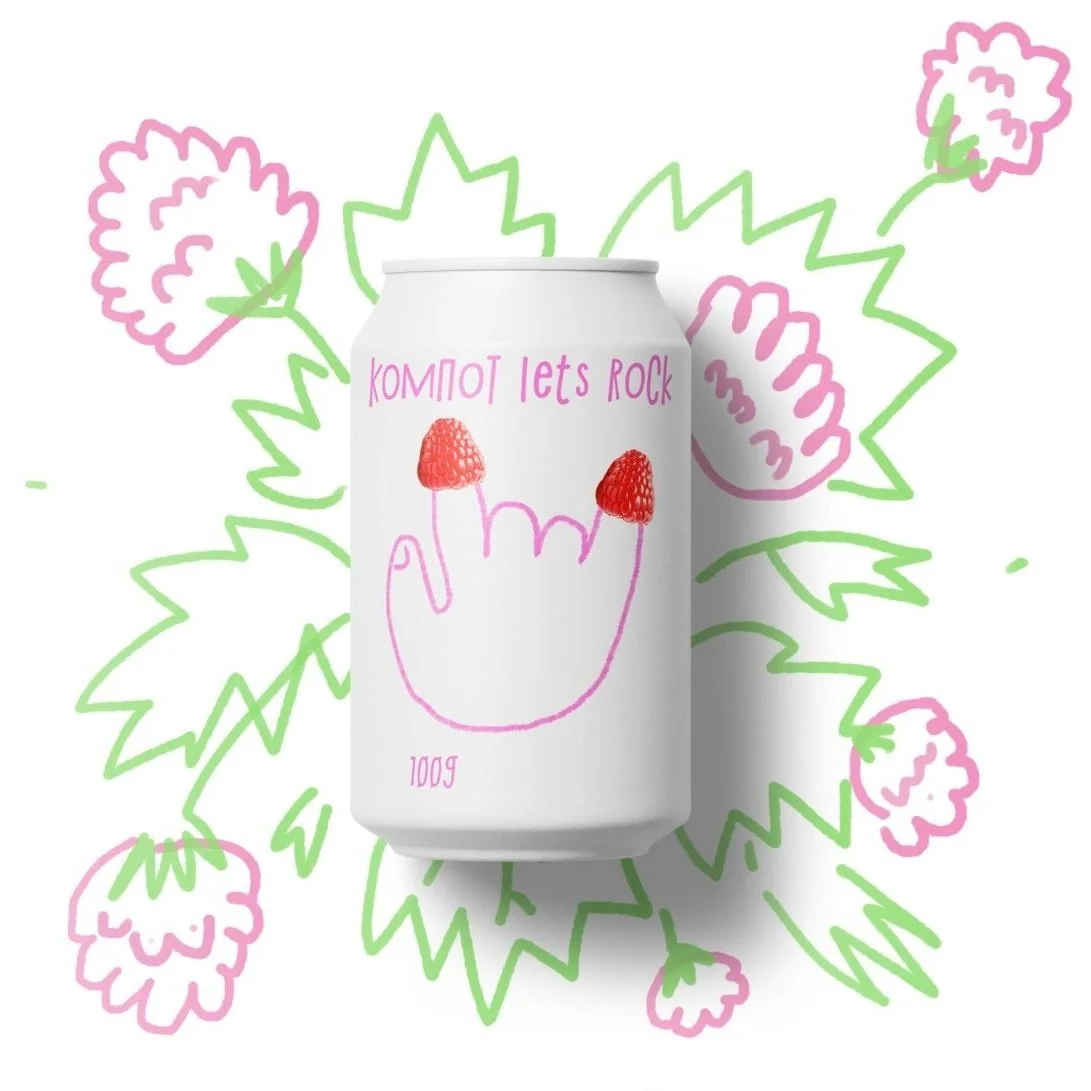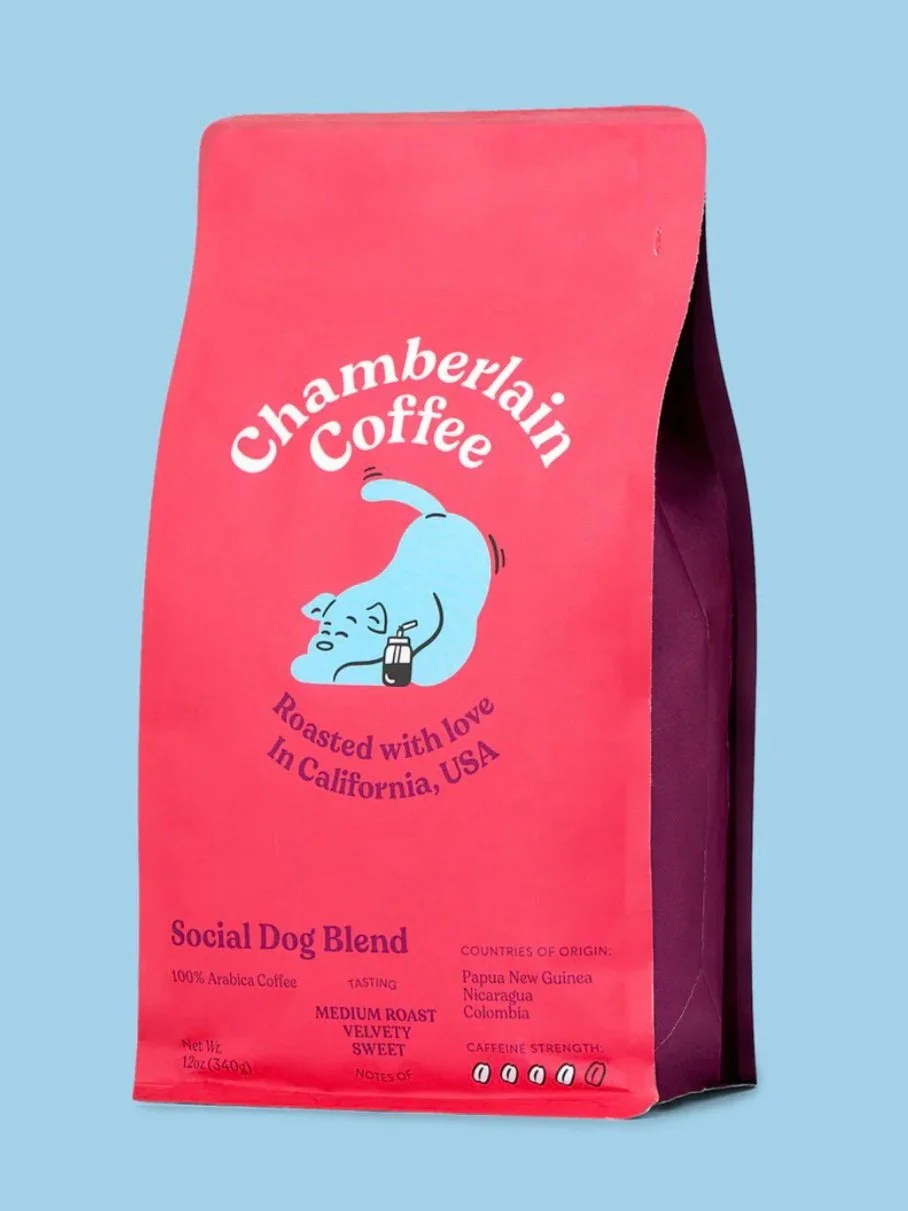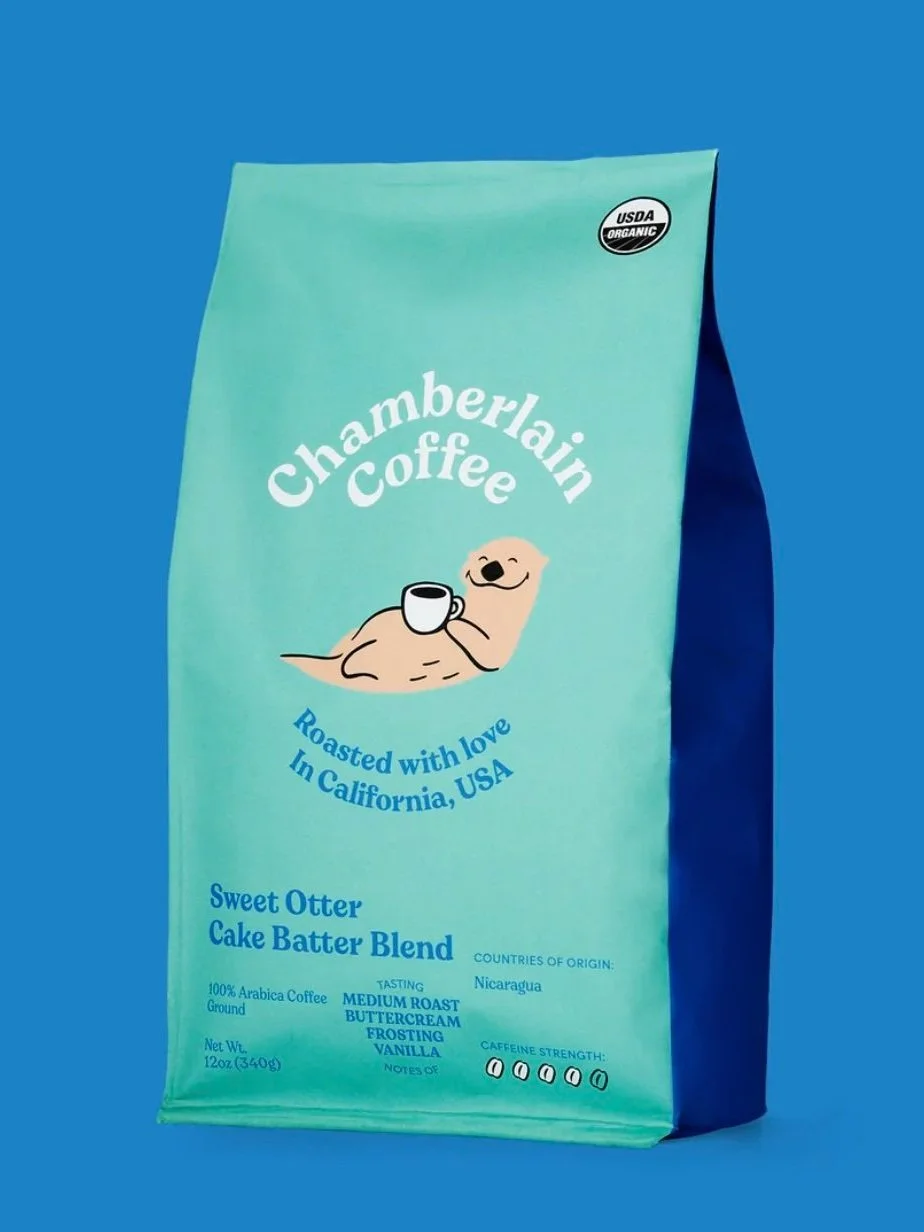


Package design refers to the intersection of color, imagery, form, and typography that is utilized to make a product suitable for marketing. While still being fully functional, a product’s package design also must stand out from other competitors in the market, appealing to customers both online and in-store.
Anastasiya Tsirkina | photography


Since 2021, the emphasis on minimalism, gradients, illustration, and typography in package design has been the biggest trend that lead designers have seen. From Emma Chamberlain’s coffee line to Glossier’s makeup products, it’s clear that the aesthetics of package design has taken over the reins of the market, controlling the actions and behavior of the everyday consumer.
Chamberlain Coffee | photography
Behind every good package design is the extensive knowledge of graphic design. The study of graphic design allows designers to make informed decisions about the product packaging that they are creating. Artistic choices like color, form, material, and composition plays a huge role in how successful the package design is, and graphic designers' ability to not only captivate, but inform consumers is an art in and of itself.
Just like any other art form, package design has its own artistic process. First, graphic designers will meet with their respective employer to discuss and develop the ideas, aesthetics, and purpose that the company wants to portray in their packaging. This step is crucial to the entire process, as it allows the graphic designer to gauge a sense of how they are going to approach their project, allowing for a smooth transition to the second step of the artistic process. After briefing with the company, the graphic designer will start planning and researching. From establishing deadlines to investigating the consumer audience that the company is trying to attract, this step provides the artist with a firm foundation to move forward into the actual design process. The graphic designing process is similar to any other artistic process, as principles such as balance, emphasis, movement, proportion, and unity are taken into account. Being able to entice customers both online and in-person requires an artist who is flexible, creative, detail-oriented, and innovative. As the world becomes more and more technological and digitally centered, the role of graphic design becomes much more prevalent in our everyday interactions with the environment.


In today’s fast paced society, it only takes fifty microseconds for a consumer to register a visual appeal. Because of this, brands’ use of captivating graphic design tactics has never been more apparent than right now. The quick interaction between consumers and package design holds a lot more meaning than one might think, and there is a whole art in how good graphic design can impact us in our daily lives.

Web Page Design by SARA HSU





